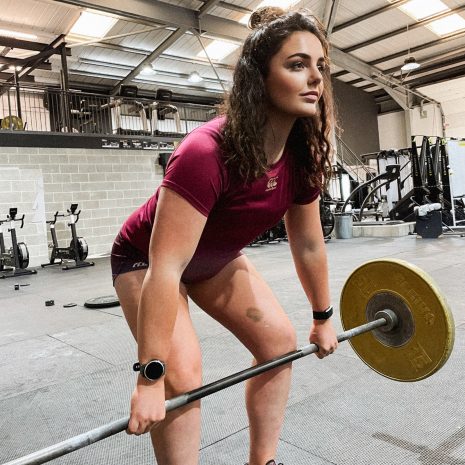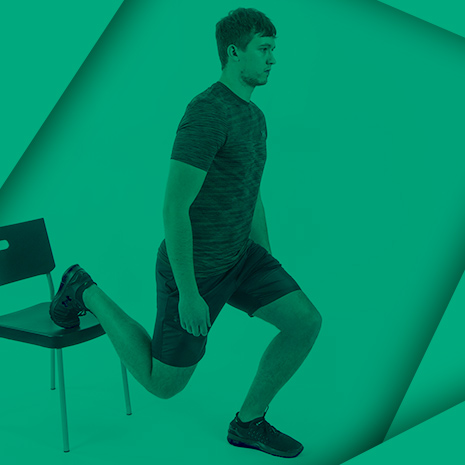Focus on the Players, Not the Obstacles
By Bruce Aitchison
All Images Provided by Dave Patterson
I love coaching. Everything about it. It’s a distant second to playing but I still love it. At this time of year coaches are faced with similar issues, no matter what level they are working at. We all share the same job remit, to give players an environment to improve and to prepare our players and teams to perform to their potential. Sounds simple!
I always say preseason is the easiest time of the year to be a coach. No one has been dropped, there are very few injuries and players feel like they have a new chance to shine, the weather is warm, the nights are longer and the ball tends to be dry.
Players are plentiful, short sleeves, short shorts and secret socks are the preferred choice, they arrive early and are happy to stay till the sun sets. What tends to be the focus? Fitness, running and more fitness. If this can include skill development, games, tactics and competition then motivation grows and the players (& coaches!) should improve.Winter brings challenges that can often take time and energy away from planning, delivering and reviewing our sessions but only if we let it.
But this time of year (Scottish Winter) brings challenges that can often take time and energy away from planning, delivering and reviewing our sessions but only if we let it. A positive growth mind-set is crucial to ensure there is still a clear focus to sessions.
Challenges

Coaching in Scotland means you are guaranteed to be faced with some, if not all of the following:
- Lack of facilities / space with sufficient lighting
- Restricted access or limited time for training
- A team! Or at least numbers for what you had planned
- Lack of budget to deal with the above
- The weather! Wind, rain, snow, frost…
Focusing on these ‘negatives’ can distract from dealing with the most important challenge – creating the best possible environment for your players. Another coach gave me this gem of advice:
“If you are there, and willing, you can coach. If you have 1 player, coach to make them better, if you’ve got 2, coach to make them both better, if you’ve got 3 you’ve got enough and if you’ve got 4 you’ve got a game.”
Although the weather might put some off, you are the constant. You are the one preparing the sessions and attending all of them. Go for it! If you are faced with lower numbers, target their individual skills. Hopefully your players are motivated by improving and love to work with the ball.
At various times I have invited coaches I trust to guest at sessions with my teams. This is a great chance for the players to get another voice to keep their interest and also for me to learn and get some fresh ideas and a different outlook. Greig Laidlaw was one of my favourites. My first suggestion is from a session he did with my previous club. I have used it in different situations depending on my objectives, the players and the time available.
HAND CATCHING
Minimum requirements – 2 players, 1 ball

Standing approx. 2 metres away from your player, kick the ball at them (or throw really hard if you can’t kick!). They should fall forward to hand catch the ball and then ‘beat’ you with a side step.
You can bolt various things onto this e.g. a support player trails them and gets a pass, before they reach you or after they have beaten you.
Skills Improved: Hand catch, agility before contact (ABC), support play (reading the movement of the ball carrier), weight of pass and communication.
HAND CATCH & ‘QUICK HANDS’
Minimum requirements – 4 players (in 2s, facing each other 2m apart), 1 ball
Ball starts with partner on the right. Ball carrier takes 2/3 quick steps forward and passes to the left. Receiver quickly puts ball through hands to next pair to attack back.
The players don’t move far with the ball, ‘take & give’, put the ball in front, weight the pass ‘for’ the receiver (put in front so they can take and give).
The players create a real buzz doing this, they get into a groove very quickly, change the side they are working on and their partners.
You can do it on any surface with any ball (mix it up with a weighted ball or tennis ball).
Skills Improved: Hand catch, speed of pass, weight of pass, timing of run onto the ball and communication. It’s an intense practice players getting really absorbed in.
TACKLE TECHNIQUE
Minimum requirements – 2 players, 1 ball
1 v 1
Ball carrier, attacks tackler but allows tackle to take place.
Remember to ensure there is good technique before building the intensity of the collision.
‘Get the foot in the hoop’
To get the tackler close to the ball carrier imagine a hoop around the ball carrier’s feet, get them to ‘put their foot in the hoop’. This stops the tackler reaching and making a weak arm tackle. This means the shoulder can make a strong contact and the arms can ‘wrap’ the legs. Keep driving with the shoulder to get the ball carrier to deck. The tackler should recover quickly to their feet and ‘get over the ball’. Reward the tackler for a quick recovery to feet – this is making the 2nd effort.

With more players at the session you can add in a player with a shield in support of the ball carrier for the tackler to clear to win the space over the ball post tackle. Remember, the ball carrier should ALWAYS work on good ball presentation.
Skills Improved: Tackle technique and recovery to feet. Ball carrier presentation.
Cornerball
An old favourite! You can adapt it in many ways for the numbers you have and it only needs a small area.
If you only have 4 players, make it 3 v 1 with 1 ball. The 3 can’t move with the ball but try to tag the 1 with the ball by making quick, short passes to corner the 1. Rotate when they are caught. Time them to see who can stay free for the longest and create a punishment for the loser!

3 v 3
1 ball, 3 players try to corner the other 3 as quickly as possible. If there is a dropped ball, any players ‘out’, can come back in.
The more numbers you have, add in another ball up to or 2 or 3!
Skills Improved: Team work, passing, decision making/tactics, communication – can be used as a fitness game/challenge.
Enjoy it
No matter the weather, or how many players you have or the small space you’ve got: get a ball and get working. If you can get out to watch other coaches and teams at this time of year, share (and steal) ideas!
The role of the coach is to make the players in front of them better. It’s a challenge, no matter if it’s 3 or 50. They’ve made the effort, so should you. Enjoy!
Happiness is Egg Shaped
Bruce Aitchison is Head Coach at Boroughmuir Rugby as well as being a PE Teacher. He currently holds a UKCC Level 3 Rugby Union Qualification. Follow Bruce on Twitter for more training tips.




Comments